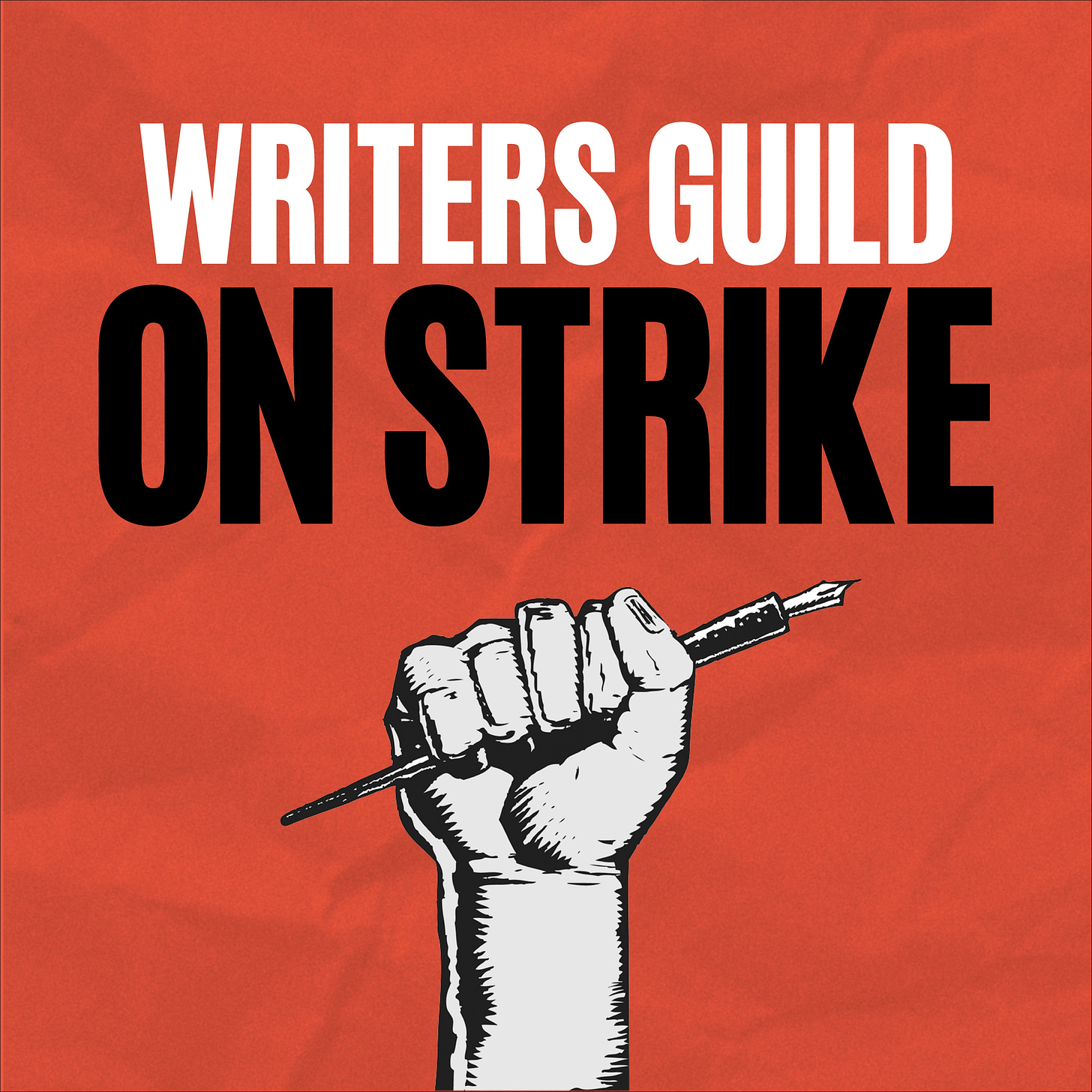Often a protagonist fails almost as often as they succeed in pursuit of their Capital-G Goal, but what benefit can a story have if they don’t have to start at the bottom? What does a character’s early success in a story give the writer to work with as they move forward?
Establishing bona fides
Think about the cold open to a James Bond movie, or the beginning of Raiders of the Lost Ark:
It’s action-packed and dramatic, but it’s also telling the audience that this character has a particular set of skills. We don’t just see traps and escapes, but the way Jones thinks about danger. We’re learning that this hero is not just a man of action, but a scholar.
More success → More problems
When WALL-E hands EVE the plant she’s been searching for, the film doesn’t cut to the credits. In the immediate moment, WALL-E’s new friend goes into standby mode and won’t respond to him. And after the ship comes to collect EVE and the specimen, it leads to more challenges as the two robots unravel the mystery of why the Axiom isn’t being allowed to return to Earth.
In John’s blog post on the Writer Emergency Pack card Stack of Needles, he lays out the case that sometimes success is the problem:
In each of these cases, the heroes were challenged not by scarcity, but abundance. By getting what they wanted, they got screwed.
Suggesting the improbable victory is possible
An early success (or series of successes) can also make the protagonist’s goal believable when it otherwise seems like the longest of long shots.
Before The Martian is halfway over, astronaut Mark Watney has survived a dust storm with a punctured suit, performed surgery on himself, grown potatoes in un-farmable Martian soil, and created an ingenious hack using an abandoned rover to contact NASA.
But looking at the structure of the story as a whole1, all those victories still won’t get him home. Yet. At the point where NASA begins to develop a real plan to extract Watney, he takes some big losses (like his entire potato crop dying).
It’s all part of the big picture: If we need to believe there’s even a slim chance of Watney surviving and returning to Earth, showing his survival skills and determination up front are table stakes.
There’s another long shot proposed in the series Foundation. Mathematician Hari Seldon has a formula that he says proves the Galactic Empire will collapse and lead to thousands of years of chaos, unless he’s allowed to bring a team of people together to “shorten the darkness.”
In the show’s companion podcast, Showrunner David S. Goyer and host Jason Concepcion dig into the importance of showcasing Seldon’s ability to play fifth dimensional chess, as well as showing why his ally Gaal Dornick is the only one intelligent enough to understand Hari’s work (and find a flaw in it).
When Hari and his team are exiled to a distant planet, but allowed to continue their work, Hari reveals to Gaal that this was his plan all along. The task at hand (saving billions of lives and establishing a new Galactic Empire generations after the collapse) seems completely out of reach, unless we get an early peek at the precision of Hari’s predictions.
Characters who successfully overcome early challenges don’t necessarily get an easy road for the rest of their story. It’s worth remembering that not every underdog is inept or unskilled, and that even the best of the best still need to face trials where they could fail.
👋 Are you new here?
Inneresting is a weekly newsletter about writing and things that are interesting to writers. Subscribe now to get more Inneresting things sent to your inbox.
💪 One Day Longer, One Day Stronger
The WGA and SAG-AFTRA still could use your help in the fight for a fair contract.
If you are interested and able, join a picket line! The Writers Guild also has a list of other ways to help.
⏱️ Set yourself up with an early victory - Write Sprint!
Each week we post a comment thread for writers to meet up, cheer each other on, and put some words on the page with a Write Sprint.
What’s a Write Sprint?
John wrote up an explanation, but here’s the short version: Set a timer for 60 minutes, close down all distractions, and do nothing but write until that timer goes off.
Shout out to last week’s Sprinters Alee O. Karim, Elyse Moretti Forbes, and Aimee Link!
🚨 Highland 2 Pro on sale
From now until the end of the month, Highland 2’s Pro features are 50% off!
If you’ve been waiting for the right time to try out a better way to write, head over to the App Store.
“It is truly such a beautiful app. I have more genuine affection for it than almost any other: the way you love a favorite hand tool or kitchen knife.”
Michael Chabon Novelist (Wonder Boys, Moonglow), screenwriter (Spider-Man 2) and showrunner (Star Trek: Picard)

📖 Reading to find out whodunnit
This week in Weekend Read’s Featured Friday, we’re looking for clues and there’s nary a blue dog to help us.
Still haven’t tried Weekend Read 2? Download the free trial from the App Store to check out our app for reading, listening to, and taking notes on scripts while on the go.
Previously on Inneresting…
In case you missed it, in last issue’s most clicked link David Moldawer wants to disassociate the result from the work to get there, saying that learning to love the process is essential (and that pushing yourself doesn’t need to feel like punishing yourself).
What else is inneresting?
You can play the PS1 classic wipEout in your browser for free.
Via Quote-Unquote’s own Nima Yousefi: Make a bingo card (as a game, or a joke) with this online generator.
Kim Stanley Robinson on the “structure of feeling,” where the people alive during a certain time relate to each other and the challenges of their age in a common way, and how the crises of the moment can reboot that feeling:
It’s harder to come to grips with the fact that we’re living in a long-term crisis that will not end in our lifetimes. But it’s meaningful to notice that, all together, we are capable of learning to extend our care further along the time horizon.
And that’s what’s inneresting this week!
Inneresting is edited by Chris Csont, with contributions from readers like you and the entire Quote-Unquote team.
Are you enjoying this newsletter?
📧 Forward it to a friend and suggest they check it out.
🔗 Share a link to this post on social media.
🗣 Have ideas for future topics (or just want to say hello)? Reach out to Chris via email at inneresting@johnaugust.com, Mastodon @ccsont@mastodon.art, Bluesky @ccsont.bsky.social, or Threads @ccsont@threads.net
Your mileage may vary with the specific structural terms based on Save the Cat used to describe turning points, but this page is still useful in getting a breakdown of the flow of scenes in the whole movie.






